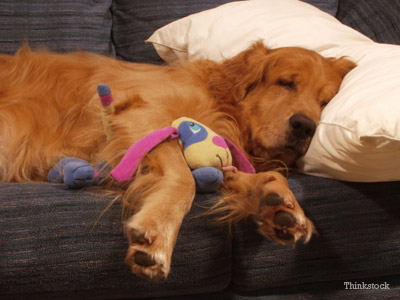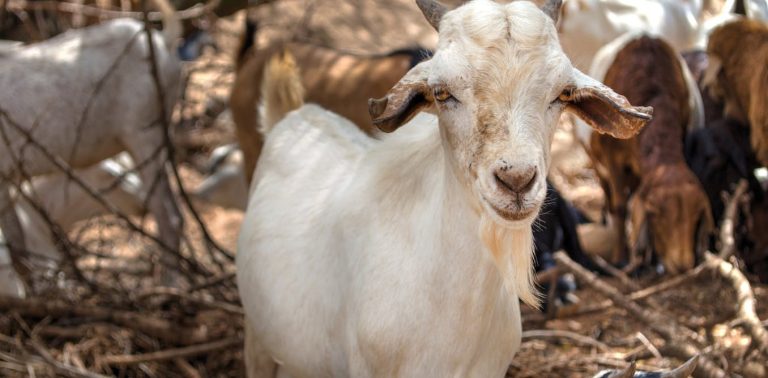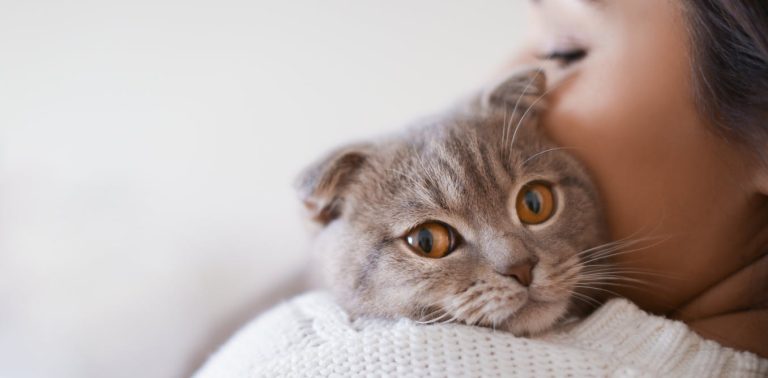
[ad_1]

Whether or not or not or not canines dream isn’t acknowledged with scientific certainty, nevertheless it absolutely constructive is hard to consider that they don’t. We’ve all watched our canines exhibit behaviors of their sleep that resemble what they do in a very awake state. Paddling legs, whining, growling, wagging tails, chewing jowls, and twitching noses encourage us to marvel what our canines are dreaming about.
What we discover out about canines and objectives
Whereas our knowledge on this topic might be very restricted, the subsequent acknowledged knowledge helps us take into account that canines do actually experience objectives. In accordance with MIT Info, Matthew Wilson, a professor of neuroscience at MIT, and Kenway Louie, a graduate scholar in 2001, have studied the relationships between memory, sleep and objectives. They found that when rats have been educated to run alongside a spherical monitor for meals rewards, their brains created a specific firing pattern of neurons (thoughts cells). The researchers repeated the thoughts monitoring whereas the rats have been sleeping. Low and behold, they seen the equivalent signature thoughts train pattern associated to working whether or not or not the rats have been awake or asleep. Really, the recollections carried out at roughly the equivalent velocity all through sleep as when the rats have been awake.
Can we apply this to canines?
Can we take what’s considered dreaming in rats and other people and apply the information to canines? Wilson believes that we’ll.”My guess is — till there’s one thing explicit about rats and other people — that cats and canines are doing exactly the equivalent issue,” he talked about, in response to USA At current’s web page.
It is acknowledged that the hippocampus, the portion of the thoughts that collects and retailers recollections, is wired so much the equivalent method in all mammals. In accordance with healthday.com, Professor Wilson says, “In case you occur to in distinction a hippocampus in a rat to a canine; in a cat to a human, they comprise the whole equivalent gadgets.” He believes that as canines sleep, images of earlier events replay of their minds, so much the equivalent method of us recall experiences whereas dreaming.
In of us it is acknowledged that the majority objectives occur all through REM (quick eye movement) sleep, in response to the Nationwide Institutes of Effectively being. Canines moreover experience durations of REM sleep. Psychology At current’s web page says that in REM their respiratory turns into additional irregular and shallow. There is also muscle twitching all through REM and, when one appears to be intently, quick eye actions behind closed eyelids can sometimes be seen. It is all through REM sleep that behaviors thought to be associated to dreaming (legs paddling, twitching, vocalizing, and so forth.) are principally seen.
What we have to take into account about canine objectives
After we observe our canines as they sleep, it’s practically unimaginable to consider that they are not dreaming. An identical to the rats studied by Wilson and Louie, it is tempting to contemplate that our four-legged best buddies are reenacting their present experiences; having fun with on the canine park, sniffing throughout the woods, chewing on a treasured bone, and chasing squirrels.
The Nationwide Institutes of Effectively being says that Sigmund Freud theorized that dreaming was a “safety valve” for our unconscious needs. Perhaps he is acceptable, and, when our canines sleep, they dream about catching the neighbor’s pesky cat, regular abdomen rubs alongside aspect limitless canine treats, and stealing the Thanksgiving turkey from the consuming room desk.
You most likely have any questions or points, it’s essential to always go to or identify your veterinarian — they’re your best helpful useful resource to verify the effectively being and well-being of your pets.
[ad_2]




